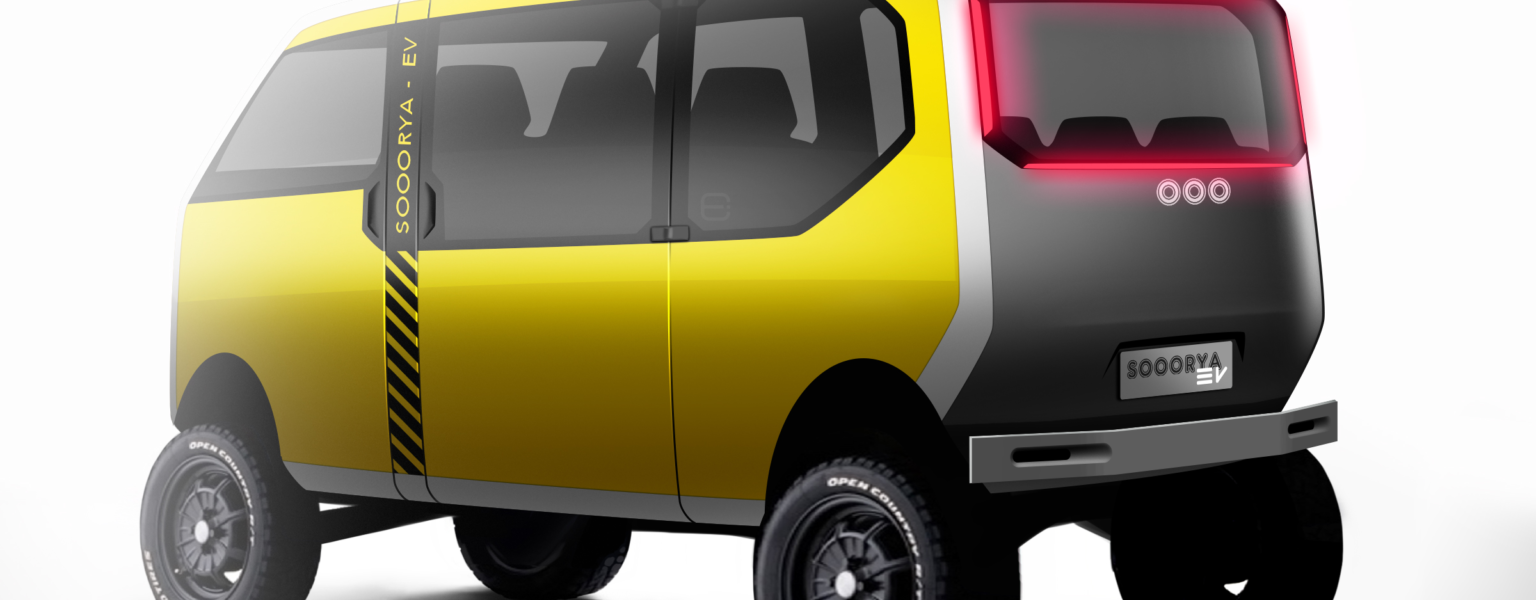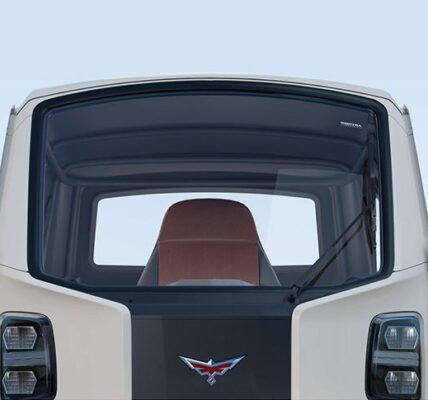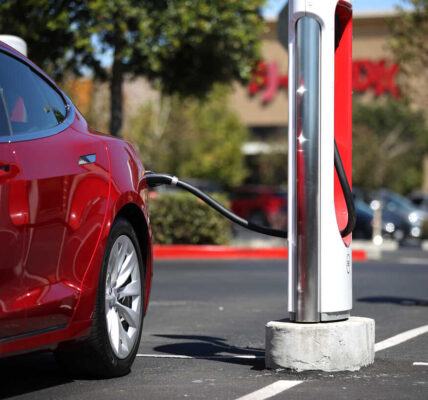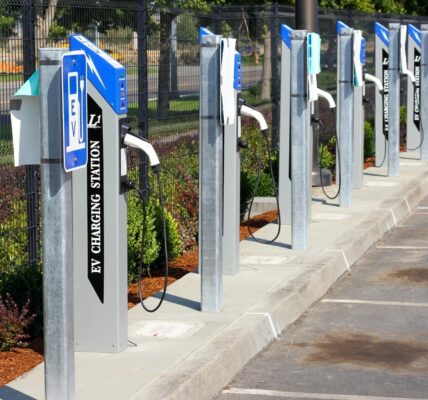A Singapore-based electric vehicle start-up, Sooorya EV, has joined the race to tap on one of the biggest markets in the world with other foreign EV companies. However, unlike other companies, Sooorya EV aims to focus on the shared mobility fleet segment and not on the personal car segment which is a crowded marketplace with all car manufacturers competing. Furthermore, Sooorya EV plans to source from the EV ecosystem locally, and follow ‘Make in India’.
In a recent interaction with Entrepreneur India, Christie Fernandez, Founder & CEO, Sooorya EV said the company was established in 2017, with the intention of building RoboTaxis in collaboration with autonomous tech companies in Singapore.
However, after realising that market for RoboTaxis was a couple of decades away along with facing issues in infrastructure for RoboTaxis, the company moved towards catering to the emerging market needs for driver-driven and shared EV mobility in developing countries.
Speaking about his journey, Fernandez said, “Over the last 7 years, we have iterated Sooorya EV many times to achieve the best Product Market Fit (PMF) for last-mile shared mobility in the emerging markets of developing countries. The team at Sooorya EV wants to create a positive social and climate impact, besides profitability for all stakeholders. Propelling Affordable, Comfortable, Eco-friendly mobility and empowering people in developing countries is our main objectives.”
The start-up is working on an innovative business model, which it says requires a low CAPEX, based on its “unique vehicle architecture & modular design ‘designed from engineering’ which enables ‘platform-based assembly’ in ‘Micro-Factories’.
“It has helped us to focus on building core competencies instead of just burning money,” he added.
Speaking on the charging infrastructure in India for their product, Arvind S, Co-founder & CSO, Sooorya EV said that the company was trying to leverage on the existing EV charging ecosystem in India.
“New products like ours will not require a separate charging infrastructure as all the products will be compatible with the existing chargers in India. Also, our product has (fixed + swappable) batteries which makes it more valuable and unique. The advantage of this unique vehicle architecture is ‘Zero Charging Downtime’ crucial for the fleet segment,” Arvind said.
Echoing the same, Fernandez said that the company was also integrating a solar roof, along with fixed + swappable batteries, providing multiple charging options, important in emerging markets with poor grid infrastructure.
Focussing On Ride-Sharing Models
On asking about competition with other companies that are ready to venture into Indian market, Arvind said that unlike traditional carmakers, Sooorya EV is working on building a ride-sharing model. “There is no company that has fully focused on the ride-sharing market and our existence is on the back of the fact that there is hardly any vehicle purpose-built to suit the needs of the ride-hailing and sharing business because large manufacturers are not focused on the passenger fleet segment,” Arvind said.
There is the focus by the government to reduce CO2 emissions across geographies. In terms of business case, according to Statista, the market for intra-city taxi hailing services is projected to grow rapidly to over USD 379 billion by 2027.
The start-up claims that Sooorya modular EV comes with a seating configuration of 1 + 7 air-conditioned equipped with plug and ply technology along with built-in device for App, GPS, WIFI, seat sensors among others. This EV will come with a range of 200 km, and top speed of 80 kmph which the company believes is more than sufficient to meet the needs of the intra-city users.
Pricing And Production
Arvind shared that the company intends to assemble Sooorya EV in Micro-Factories owned & franchised ‘Contract Manufacturers’. “Large countries such as India will have multiple ‘Micro-Factories’ in almost every state which will help reduce logistic costs and improve manufacturing and distribution efficiencies,” he added.
The start-up has a plan of manufacturing 1,000 units in the first year, 10,000 units in the second year for the Indian market, gradually scaling up to 38,000 units and 63,000 units in the 3rd and 4th year for India and ASEAN markets. If all goes according to plan, the start-up aims to produce 82,000 units in the fifth year for global markets.
All this will require funding, Fernandez said that at present it is looking to raise USD 8 million to engineer and build the first batch of models, which will be rolled out in 9-12 months after securing the funding, with a launch approximately 6 months later in the market.
“The prototype will be ready soon and we will hopefully launch the product in 2025,” Arvind added.
Speaking on the price, he said that the pricing of the model is being slated to be less than or at par with ICE vehicles, which is between USD 12,000 and USD 17,000 depending on the configuration.







